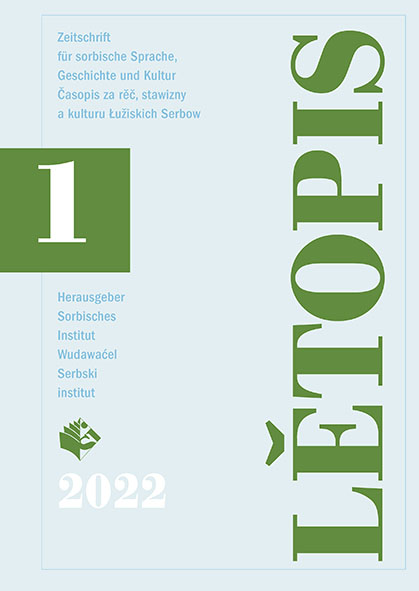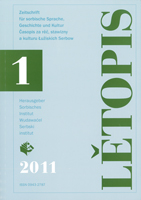
“Hanna from Raddusch” Advertises for Persil. Sorbian/Wendish Themes in Advertising up to the Second World War
„Hanna aus Raddusch“ wirbt für Persil. Sorbische/Wendische Motive in der Werbung
Keywords: advertising; ads; national; costume; Sorbian; business; display; ad;
Since the end of the 19th Century product advertising has used pictorial motifs from the Sorbian world. Sorbian national costume motifs have not only been exploited in advertising by Sorbian businesses, but also by manufacturers of agricultural machinery in Bavaria, by international cigarette companies, by the washing powder company Persil and by others. These motifs even played a prominent role in the political propaganda of National Socialism. The author uses examples to examine how Sorbian motifs were effectively inserted into the images by increasingly separating the presentation of the picture from the linguistic message for the purposes of advertising. As a result they were stripped of their historical context and ethnic content. The attractive, vivid nature of Sorbian national costume was the only element felt to have strong advertising value. Sorbian motifs were of interest for National Socialist propaganda because the images from the everyday life of Sorbian villages were apparently able to convey the ideal of a national community, which corresponded to the National Socialist world-view. That this could happen at the same time as the ban on all Sorbian organisations and the suppression of Sorbian national aspirations was a result of the ambivalent nature of the images in the pictures, which had been removed from their context.
More...
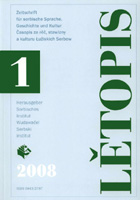
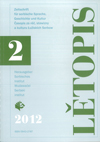
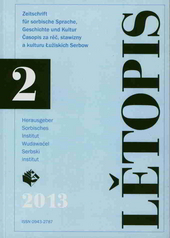
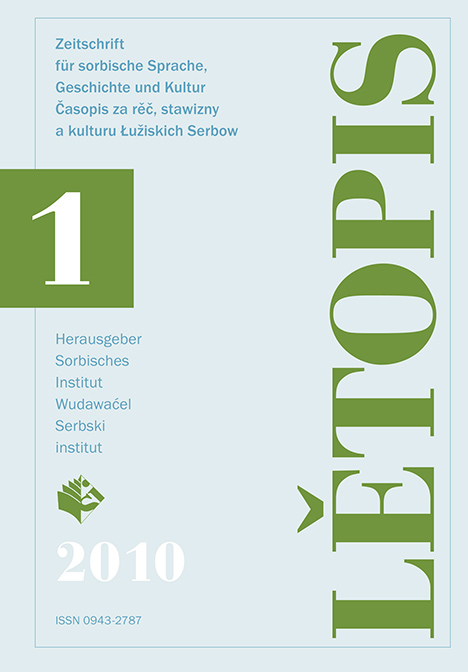
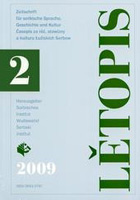
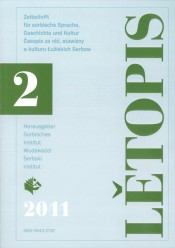
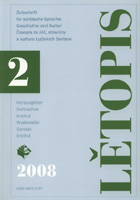
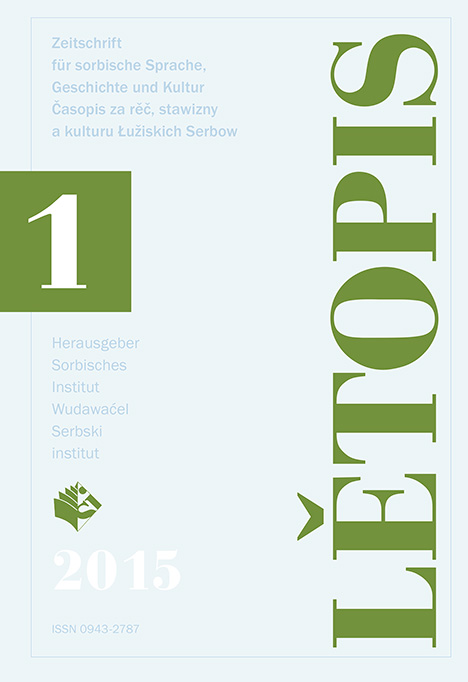
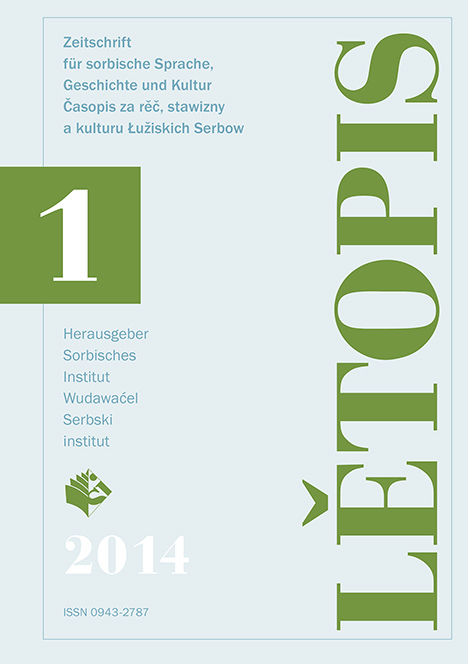
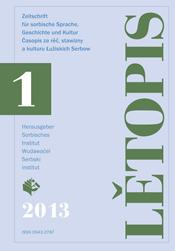
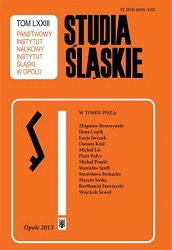
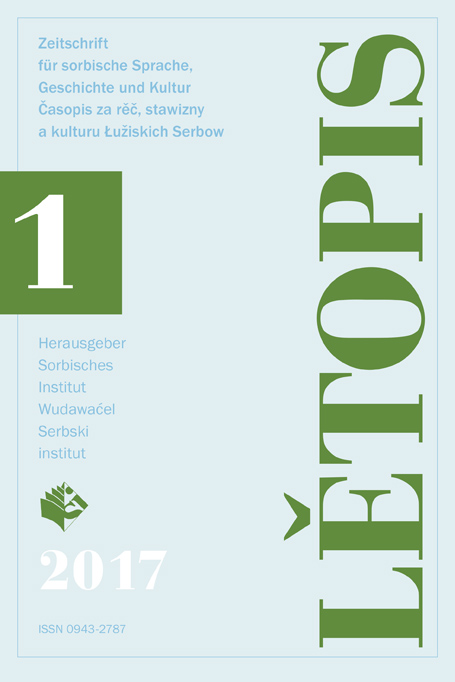
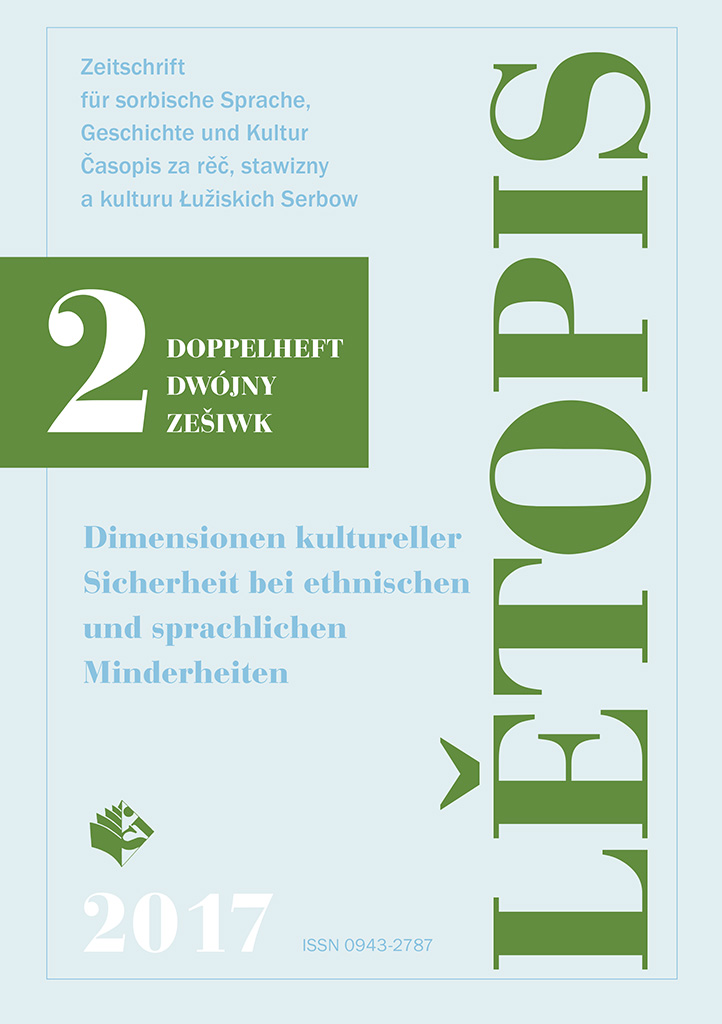
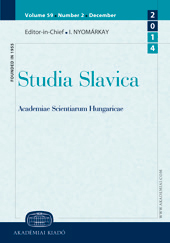
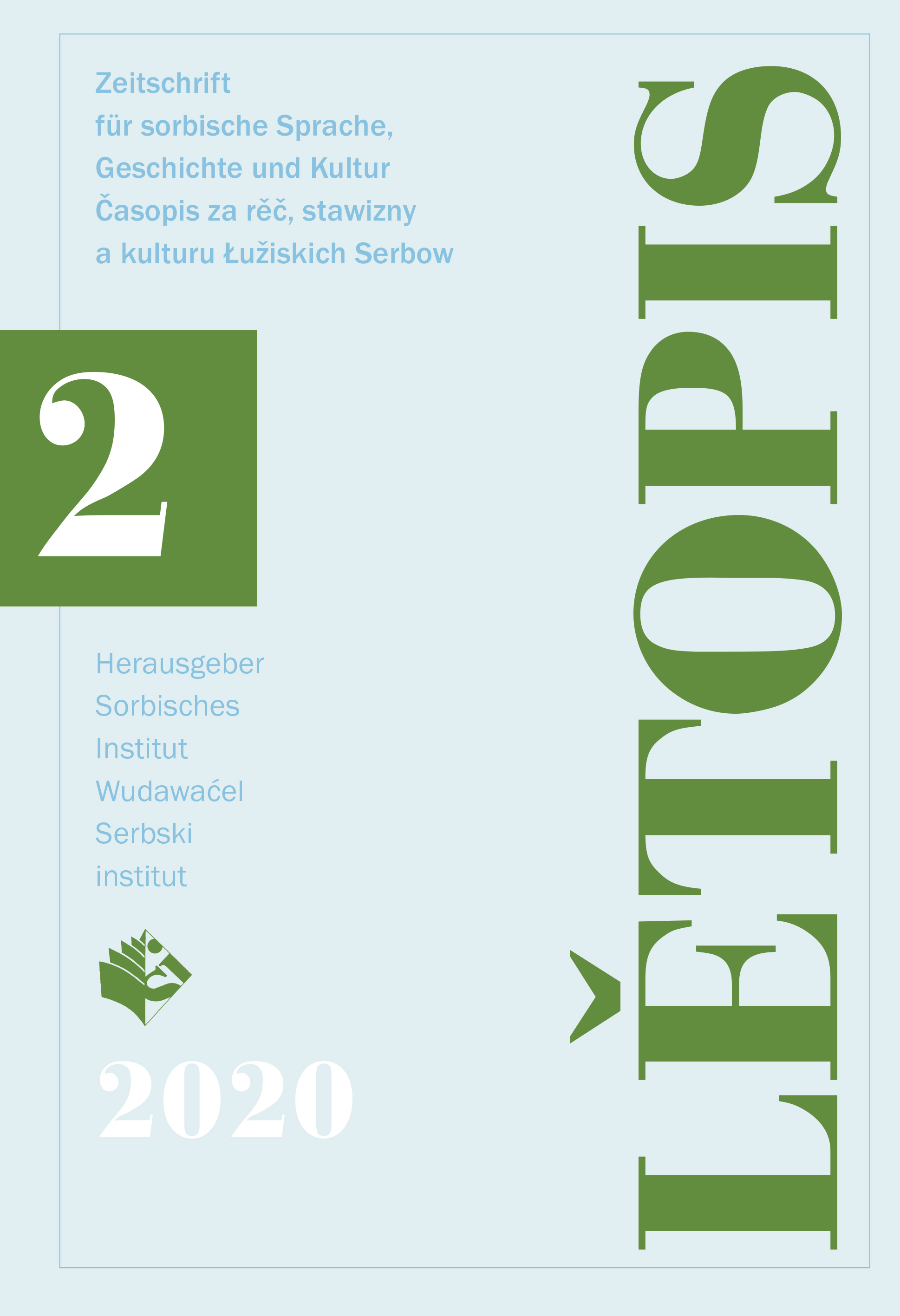
![Valency of the predicates with the meaning “HNĚV” [anger, upset, annoyance, wrath] in the Upper Sorbian](/api/image/getissuecoverimage?id=picture_2020_67119.jpg)
